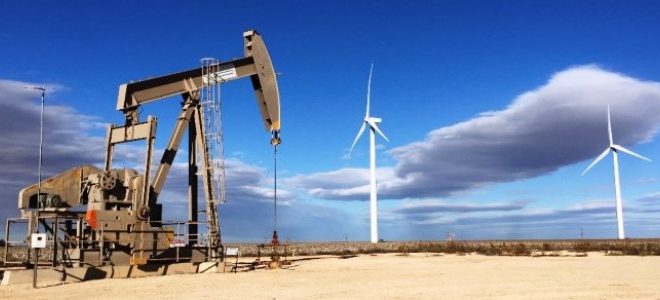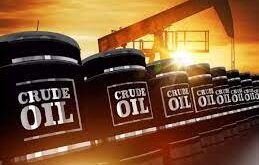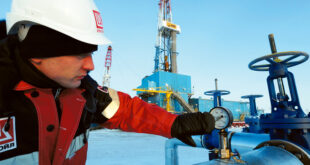Shale drillers have successfully lowered their breakeven price over the past several years. but the industry is looking for more ways to cut costs. The oil majors are investing in new technologies that could continue to bring down costs. which will complicate OPEC’s efforts to realize higher prices.
Reuters recently illustrated the quiet tech revolution underway in the shale patch.profiling a worker from Royal Dutch Shell who sat in a control room in Houston. helping guide multiple shale rigs at one time 500 miles away in the Permian basin.
While smaller companies drove innovation in the shale patch years ago. the oil majors are now bringing their expertise to shale drilling. pouring money into shale as they trim spending on megaprojects around the world. Some of the innovations are being transferred from high-tech. highly automated offshore projects.
The International Energy Agency recently published a report on the wave of digitalization in the energy sector. “Digitalization is blurring the lines between supply and demand.“ said IEA Executive Director Dr. Fatih Birol. “The electricity sector and smart grids are at the center of this transformation. but ultimately all sectors across both energy supply and demand—households. transport and industry—will be affected.“
The shale industry is seeing a rush of investment in new technologies aimed at cutting costs. For example. in the past. companies would drill wells and assess the results. More recently. the use of sensors allowed the collection of massive volumes of data. informing drillers about an endless number of variables. But even then. putting all of that data together into a coherent picture was tricky. It still involved some guesswork to decide what to do next.
That is rapidly changing with predictive analytics. which. for instance. can allow drillers to collect data on well performances. compare seismic and geological data. and let computers pinpoint where and how to drill the optimal well. It’s dramatically different from how the industry worked just a few years ago. and the new uses of data analytics are cutting costs. cutting lead times. and allowing for more oil to be produced.
“We’re bringing science into the art of drilling wells.“ said Oscar Portillo. the Shell worker interviewed by Reuters.
Other examples include the use of drones that use thermal imaging to find and plug methane leaks in pipelines and shale wells. Or. the use of sensors to automatically adjust the flow rate at shale wells. as Shell is doing. Such systems have been in use offshore with subsea production systems. but are new to the shale patch.
“The people that don’t have shale in their portfolios don’t understand it. frankly.“ ConocoPhillips CEO Ryan Lance said in a Reuters interview. “They think it’s going to go away quickly because of the high [production] decline rates. or that the resource is not nearly that substantial. They’re wrong on both counts.“
Next year. according to Reuters. Shell will begin fracking shale wells remotely. Workers will oversee multiple wells at once. Rystad Energy predicts that the average shale well will see costs decline from $5.9 million today to just $4 million by 2020.
The IEA estimates that the wave of energy digitalization could lower the cost of production by 10 to 20 percent. Those lower production costs could also make more oil reserves that were once off limits (either due to high costs or because of lack of technology. or both) now extractable. The energy digitalization wave could increase the technically recoverable oil and gas reserves around the world by five percent.
With breakeven prices set to fall further. the U.S. shale industry might finally become profitable. They might also be able to continue to ramp up production. bedeviling OPEC’s efforts to balance the oil market at a higher price. The dip of the U.S. rig count from this past summer suggests that the shale industry struggle to grow below $50 per barrel. but moves into expansion mode above that threshold. In other words. U.S. shale can supply a marginal barrel at about that price.
But cost cutting will lower that threshold. If the industry continues to cut costs. the U.S. will put downward pressure on prices for years to come.

 Iran Energy News Oil, Gas, Petrochemical and Energy Field Specialized Channel
Iran Energy News Oil, Gas, Petrochemical and Energy Field Specialized Channel



